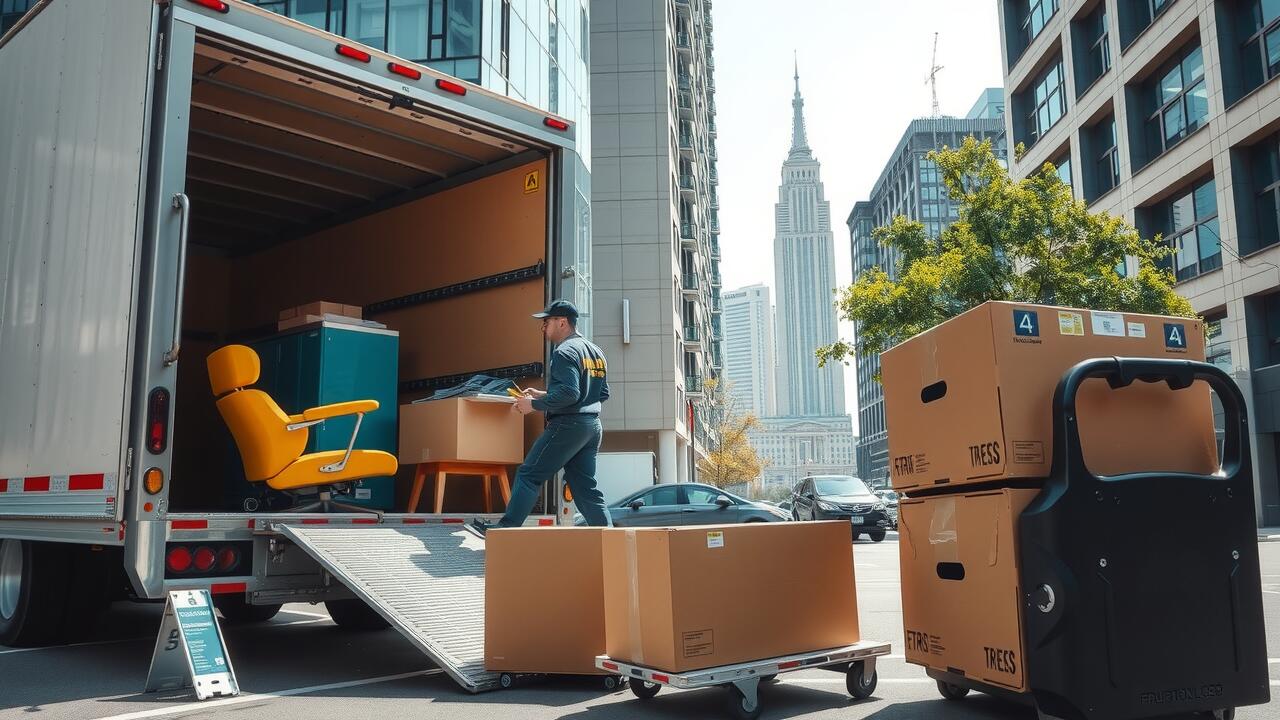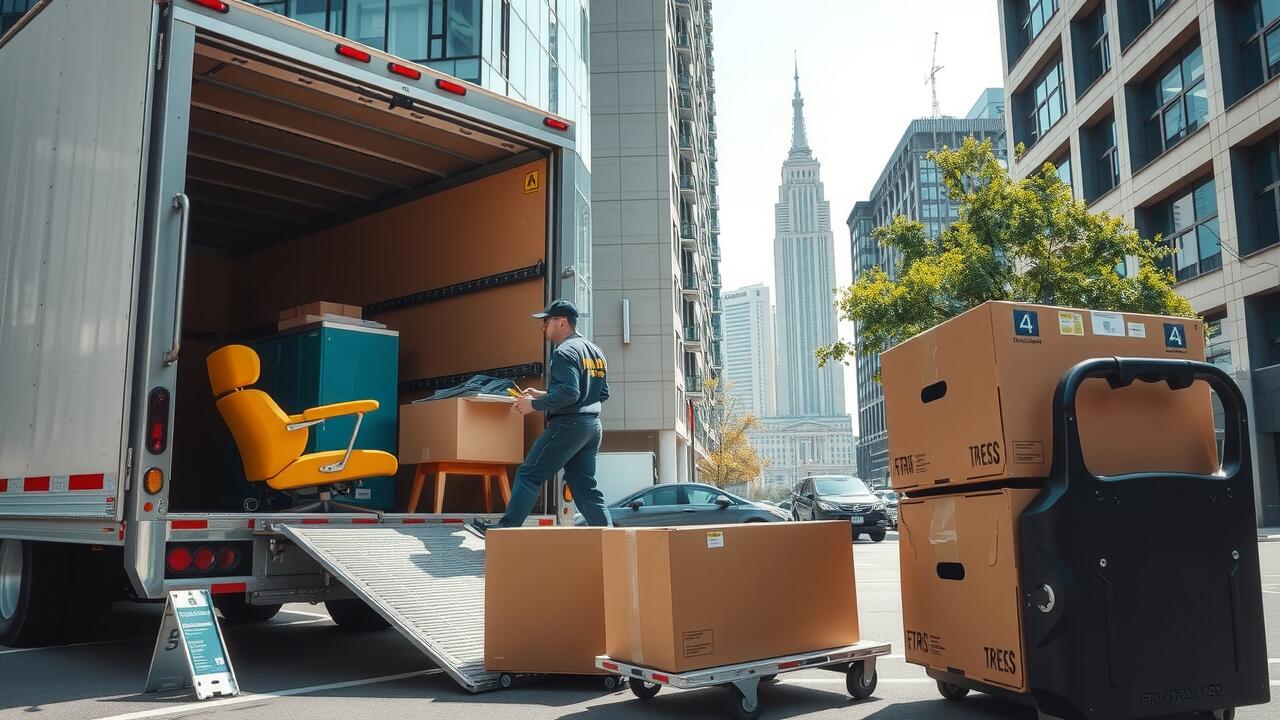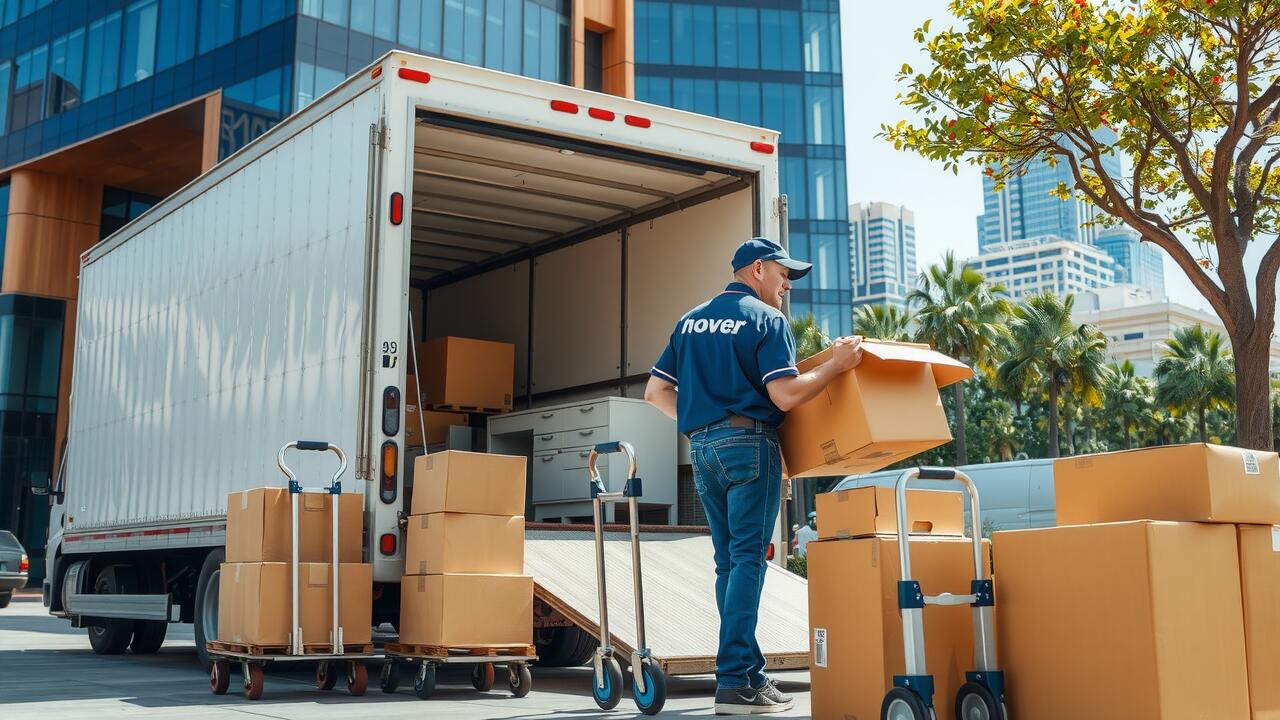
Table Of Contents
Managing Employee Involvement
Managing employee involvement during a commercial move is essential for ensuring a smooth transition. Engaging employees from the outset can alleviate concerns and encourage a positive attitude toward the change. Informing the team about the timeline and processes involved in the Spring Hill, Bethesda commercial moving project fosters transparency. Regular communication helps to minimize uncertainty, allowing employees to share their thoughts and ask questions.
Involving employees in the planning stages can also lead to valuable insights and innovative ideas. Assigning roles and responsibilities can empower team members, making them feel integral to the move. Providing opportunities for feedback and suggestions throughout the transition process creates a collaborative environment. This approach not only enhances productivity but also boosts morale as the team works together toward a common goal.
How to Prepare Your Team for the Transition
Clear communication is essential for preparing your team for a commercial move. Provide employees with a timeline detailing each phase of the transition. Hold meetings to discuss the upcoming changes and address any concerns. This creates an environment of transparency, allowing team members to feel involved in the process. Encourage questions, and offer resources or points of contact for further assistance.
In addition to communication, consider organizing informational sessions about the move. These can outline logistical details such as relocation dates, the layout of the new office, and any impact on daily workflows. Foster a sense of teamwork by involving employees in planning tasks for the new space. With adequate preparation, your team will feel more confident and ready for the transition associated with Spring Hill, Bethesda commercial moving.
Addressing IT and Equipment Needs
When planning a commercial move in Spring Hill and Bethesda, addressing IT and equipment needs is a crucial aspect. Begin by creating an inventory of all technological assets and equipment that will be relocated. This should include computers, servers, telecommunication systems, and any specialized hardware used in daily operations. Having a detailed list helps streamline the move and ensures that no critical components are left behind. It’s also wise to assess the condition of these items beforehand, so replacements can be considered if necessary.
Additionally, coordinating with your IT team or hiring an external vendor can make the process more efficient. They can assist in facilitating the transfer of data, setting up networks in the new location, and ensuring that all systems are operational upon arrival. A well-organized plan for technology transfers will reduce downtime and minimize disruptions to business operations during the move. Taking these steps will contribute significantly to a smooth transition for Spring Hill, Bethesda commercial moving.
Ensuring Smooth Technology Transfers and Setup
During a commercial move, ensuring a seamless transfer of technology and equipment is essential for maintaining business continuity. Companies should begin by auditing existing IT infrastructure and identifying critical systems that require careful handling. This helps in creating a detailed inventory of equipment, which is crucial for both planning the physical move and ensuring everything arrives at the new location in good condition. Employees should be informed about their roles in the transfer process, particularly those involved in the disconnection and reconnection of devices.
Planning ahead for the setup in the new office space is vital to minimize downtime. Collaborating with IT professionals during the transition can streamline the installation process and resolve any unforeseen issues promptly. In Spring Hill, Bethesda commercial moving services often offer specialized teams that understand the technical requirements of different businesses, making it easier to coordinate technical setups efficiently. By investing time in preparation, companies can mitigate risks associated with equipment malfunction or data loss, ensuring that operations resume smoothly in the new environment.
Navigating Legal and Compliance Issues
Moving a business involves various legal and compliance considerations that are crucial to address. Companies in Spring Hill and Bethesda should familiarize themselves with local regulations, zoning laws, and licensing requirements that may affect their new premises. It is essential to ensure that all necessary permits are obtained before the move. Ignoring these obligations can lead to fines and delays that impact operations.
Additionally, businesses should review their contracts with vendors and service providers during the transition. This includes updating any leases, insurance policies, and agreements that may need modifications due to the new location. Proper documentation and adherence to compliance standards can save businesses in Spring Hill and Bethesda from potential disputes and legal challenges as they settle into their new environments.
Important Regulations to Keep in Mind
When planning a commercial move in Spring Hill and Bethesda, it is essential to be aware of local regulations that may impact your transition. Zoning laws could determine where businesses can operate and may affect the choice of your new location. Understanding these rules will help avoid any legal challenges that could arise during the moving process. Additionally, familiarize yourself with any permits required for the move. This proactive approach mitigates potential roadblocks and ensures compliance with community standards.
Another crucial aspect involves adhering to safety and labor regulations that govern how employees are handled during the transition. Properly documenting employee roles in the move is vital for maintaining compliance with labor laws. This includes ensuring that employees are informed about their rights and responsibilities during the process. As you navigate these regulations, consider how they apply specifically to your organization’s operations in Spring Hill, Bethesda commercial moving. Keeping these obligations at the forefront will facilitate a smoother transition for everyone involved.
FAQS
What should we communicate to our employees during a commercial move?
It's essential to keep employees informed about the timeline, their roles in the transition, and any changes in the workplace. Regular updates can help alleviate concerns and encourage teamwork.
How can we prepare our team for the transition?
Consider holding informational meetings, providing a checklist of tasks, and assigning specific roles to team members. Encouraging open communication allows employees to express their concerns and ask questions.
What are the critical IT and equipment needs to consider during a move?
Ensure that all essential technology, such as computers, servers, and communication tools, are accounted for. Plan for how these items will be transported and set up in the new location to minimize downtime.
How can we ensure smooth technology transfers and setup?
Collaborate with your IT team or service providers to outline a detailed plan for disconnection, transportation, and reconnection of equipment. Testing systems before the move can also help identify potential issues.
What legal and compliance issues should we be aware of during a commercial move?
Familiarize yourself with local regulations regarding commercial leases, zoning laws, and employee rights. Consulting with legal experts can help ensure that all compliance requirements are met before, during, and after the move.

